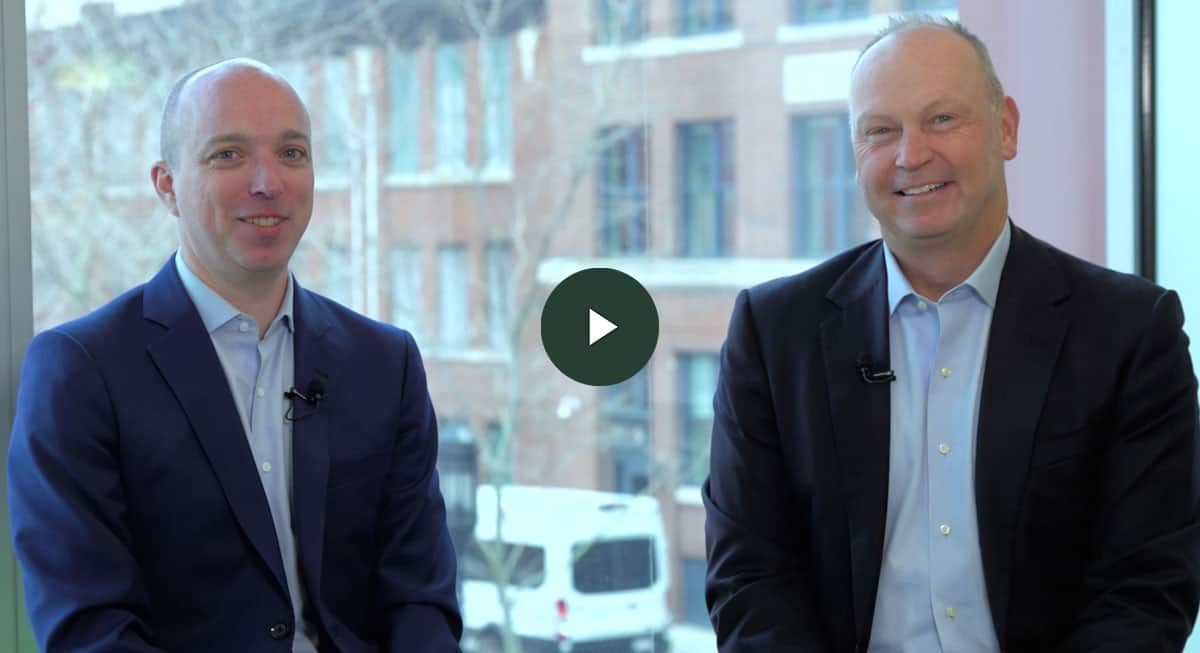Explore Funds
Insights
Q2 2024 ETF Market Outlook Update
In a solid first quarter, both stocks and bonds were up and volatility was below historical averages. Chief Investment Strategist Michael Arone and Head of SPDR Americas Research Matthew Bartolini discuss how the rally will likely progress in Q2.

Investment Ideas

What Can Gold Do For You?
Risk management. Capital appreciation. Wealth preservation. How do gold’s investment characteristics help it play multiple roles in an investor’s portfolio — in good times and bad?
Choose Bond ETFs to Pursue Income
Interest rate risk and inflation challenge today’s portfolios. Learn how the unique traits of bond ETFs — liquidity, transparency, and lower costs — can help.
Build a Low-Cost Core Portfolio
Low-cost ETFs can help investors build efficient and diversified core portfolios designed to achieve their investment goals across the risk spectrum — for less.
ETF Model Portfolios Powered by Institutional Expertise
Deliver institutional-caliber portfolio management to clients, while focusing on what really matters — growing your business and building relationships. State Street’s ETF Model Portfolios pursue a range of investment outcomes across a variety of risk profiles.
Sign Up for Latest Insights
Stay on top of market trends and opportunities. Get new insights and investment ideas delivered to you.
